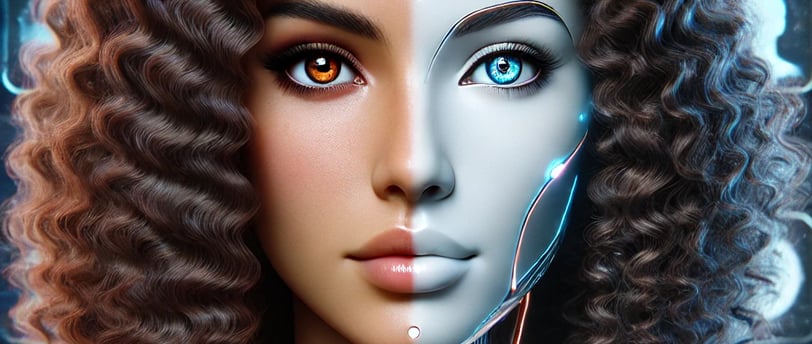The First Humanoid Robots
What is the future of humanoid robots?
2/8/20251 min read


👩🔬 The First Humanoid Robots Were Women—What Does That Mean for the Future?
From Sophia the Robot to Ai-Da the AI Artist, history shows that the first humanoid robots have overwhelmingly been female. But why? And what does that mean for the future of AI-human integration?
The Feminization of Humanoid Robots
The first humanoid robots, including Sophia (Hanson Robotics, 2016) and Aiko (Japan, 2007), were designed as approachable, intelligent, and emotionally expressive beings. These early robots were made female because people perceive female AI as more nurturing, trustworthy, and non-threatening—a bias deeply rooted in human psychology.
Think about it:
✅ Siri, Alexa, Google Assistant—all launched with default female voices.
✅ Service robots in hotels, elder care, and customer support—often designed as female AI companions.
💡 But here’s the real question—if AI and humanoid robots will play a central role in our lives, should we be limiting their potential based on gendered stereotypes?
The Future: Breaking Gender Bias in AI & Robotics
As AI-powered humanoid robots evolve, their roles will expand far beyond service and companionship. The next generation of humanoids will be:
🚀 Workforce Collaborators – Robots in tech, healthcare, and education, assisting but not replacing human workers.
💡 Creative Thinkers – AI-powered humanoids contributing to design, writing, and problem-solving.
🦾 Fully Integrated AI Partners – AI companions that evolve based on human emotions and needs.
At AI Woman, we believe the future of humanoid robotics isn’t about gender—it’s about collaboration. The most powerful AI-human partnerships will be built on intelligence, adaptability, and emotional awareness—not outdated ideas of what a robot should "look like."
💬 What do you think? Would you want a humanoid robot in your life? Let’s talk about the future.
